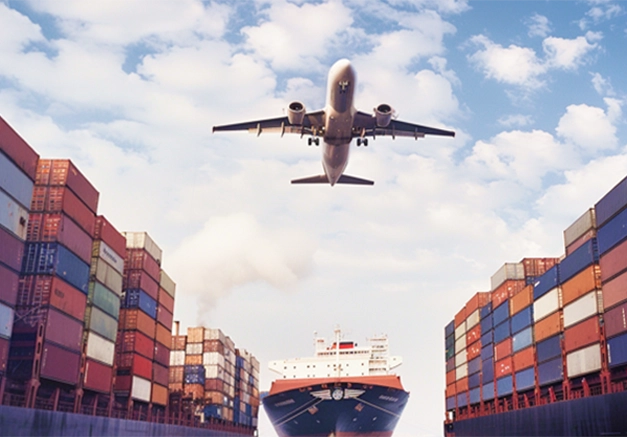
Shipping containers have revolutionized global trade, enabling the efficient transportation of goods across vast distances. However, understanding the maximum load capacity of these containers is crucial for ensuring safe and cost-effective shipping operations. In this article, we will delve into the intricacies of shipping container load limits, exploring the factors that influence them and providing practical insights for businesses and logistics professionals.
- The Basics of Maximum Load Capacity:
The maximum load capacity of a shipping container refers to the maximum weight it can safely carry without compromising its structural integrity. It is typically measured in terms of gross weight, which includes both the weight of the cargo and the container itself. This limit is crucial for maintaining the safety of the container, the cargo, and the personnel involved in handling and transportation. - Factors Influencing Maximum Load Capacity:
Several factors influence the maximum load capacity of shipping containers, including:
a) Container Type and Size:
Different container types, such as standard dry containers, refrigerated containers, and open-top containers, have varying load capacities. Additionally, the size of the container, such as 20-foot or 40-foot, also affects its maximum load capacity.
b) Container Strength and Material:
Shipping containers are constructed using high-strength steel, which provides durability and structural integrity. The thickness and quality of the steel used impact the load capacity, with stronger containers capable of carrying heavier loads.
c) Container Condition and Maintenance:
Regular maintenance and inspections are essential to ensure that containers remain in optimal condition. Any structural damage or corrosion can significantly reduce the maximum load capacity, posing risks during transportation.
d) Distribution of Weight:
Proper weight distribution within the container is crucial for maintaining stability and preventing damage. Unevenly distributed loads can lead to container imbalance, affecting its maximum load capacity and potentially causing accidents.
- Calculating Maximum Load Capacity:
Determining the maximum load capacity of a shipping container involves considering various factors, such as the container's structural specifications, the cargo's weight and distribution, and any additional load-bearing equipment used. It is essential to consult industry guidelines and regulations to ensure compliance and safety. - Safety Considerations:
Exceeding the maximum load capacity of a shipping container can have severe consequences, including container failure, accidents, and legal liabilities. Businesses must prioritize safety by accurately calculating and adhering to load limits, ensuring the well-being of personnel and the protection of goods.
Conclusion:
Understanding the maximum load capacity of shipping containers is vital for businesses engaged in international trade and logistics. By considering factors such as container type, size, strength, and weight distribution, companies can optimize their shipping operations, minimize risks, and ensure the safe transportation of goods. Adhering to load limits not only protects valuable cargo but also promotes industry-wide safety standards. So, next time you plan to ship goods across the globe, remember to unlock the secrets of maximum load capacity for a successful and secure journey.




